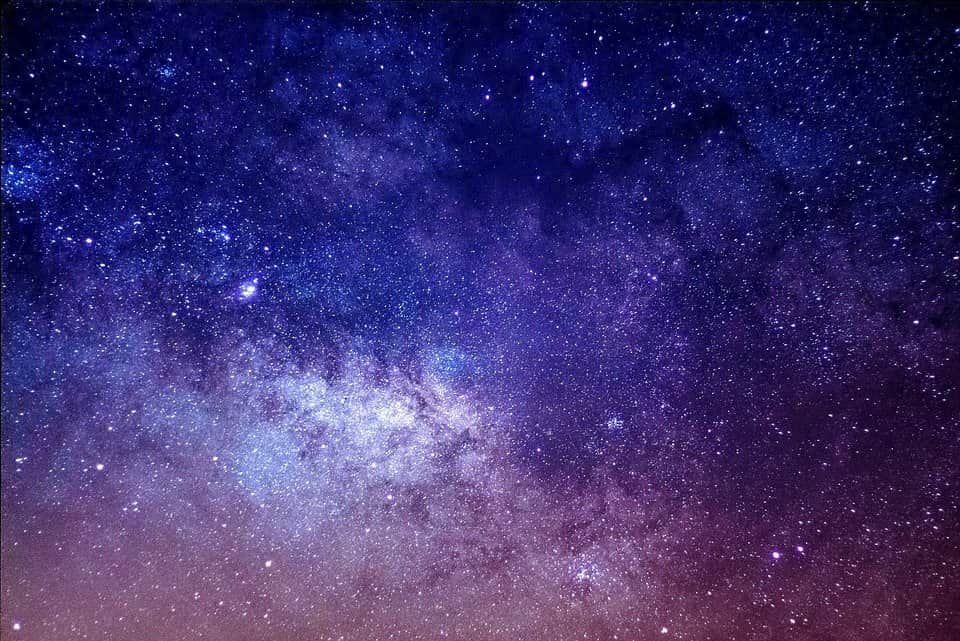Over billions of years, galaxies grow and evolve, creating new stars and merging with other galaxies in events aptly called “galactic immigration.” Astronomers are trying to unravel the history of these immigration events by studying the movement of individual stars throughout the galaxy and its extended halo of stars and dark matter. However, such cosmic archeology has so far only been possible in our own galaxy, the Milky Way.
The study will be published in The Astrophysical Journal. It is now available on arXiv.
An international team of researchers has discovered startling new evidence of large galactic immigration in the Andromeda Galaxy, the Milky Way’s nearest large galactic neighbor. The new results were obtained using the Department of Energy’s Dark Energy Spectroscopic Instrument (DESI) on the Nicholas W. Mayall Telescope at the Kitt Peak National Observatory, the National Science Foundation’s NOIRLab program.
By measuring the movement of nearly 7,500 stars in the inner halo of the Andromeda Galaxy, also known as Messier 31 (M31), the team found telltale patterns in the positions and movements of stars that showed how those stars began their lives as part of another galaxy. a galaxy that merged with M31 about 2 billion years ago. Although such patterns have long been predicted by theory, they have never been observed with such clarity in any galaxy.
“Our new observations of the Milky Way’s nearest large galactic neighbor, the Andromeda Galaxy, reveal evidence of galactic immigration in great detail. While the night sky may seem unchanging, the universe is a dynamic place. Galaxies like M31 and our Milky Way are built from the building blocks of many smaller galaxies throughout cosmic history,” explained Arjun Dey, astronomer at NOIRLab NSF and lead author of the paper presenting this study.
This research sheds light not only on the history of our galactic neighbors, but also on the history of our own galaxy. Most of the Milky Way’s halo stars formed in another galaxy and then migrated into our own in a galactic merger 8 to 10 billion years ago.
The team now plans to use the unprecedented capabilities of DESI and the Mayall telescope to study more of M31’s distant stars in order to unravel its structure and immigration history in unprecedented detail.
Earlier, the Cursor wrote that the number of observable stars in the sky has decreased. Scientists noted that with the naked eye it is clear that there are fewer stars in the sky. Usually people are not worried about this, but researchers are not so calm about this.
Also, scientists talked about a strange “ghost light” in space. Thanks to thousands of photographs taken by the Hubble Space Telescope, scientists have concluded that there is an overabundance of mysterious light in the solar system.
Recall that scientists have discovered an object unknown to science in space. The experts managed to detect an unusual radio signal that lasted only 300 milliseconds.


